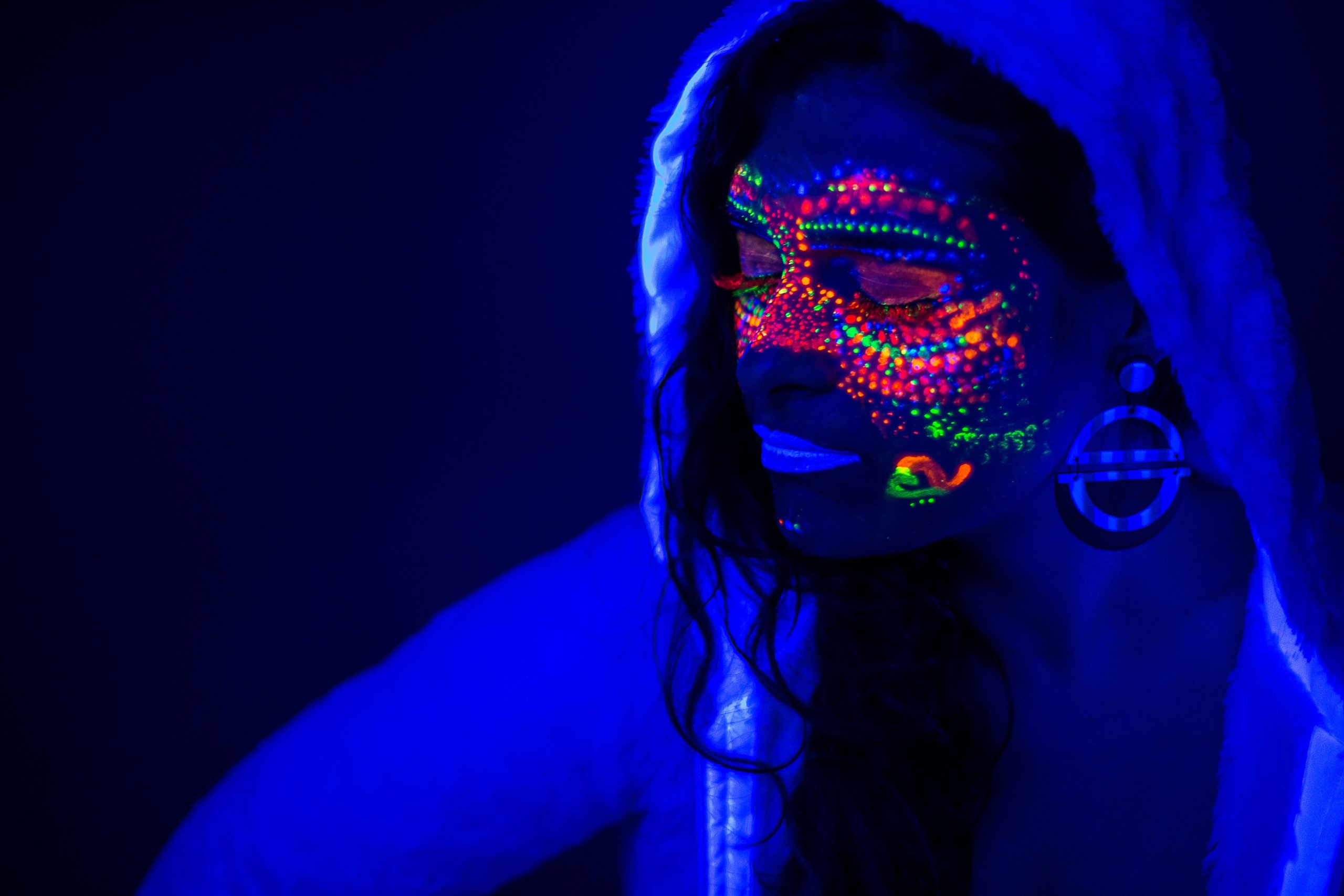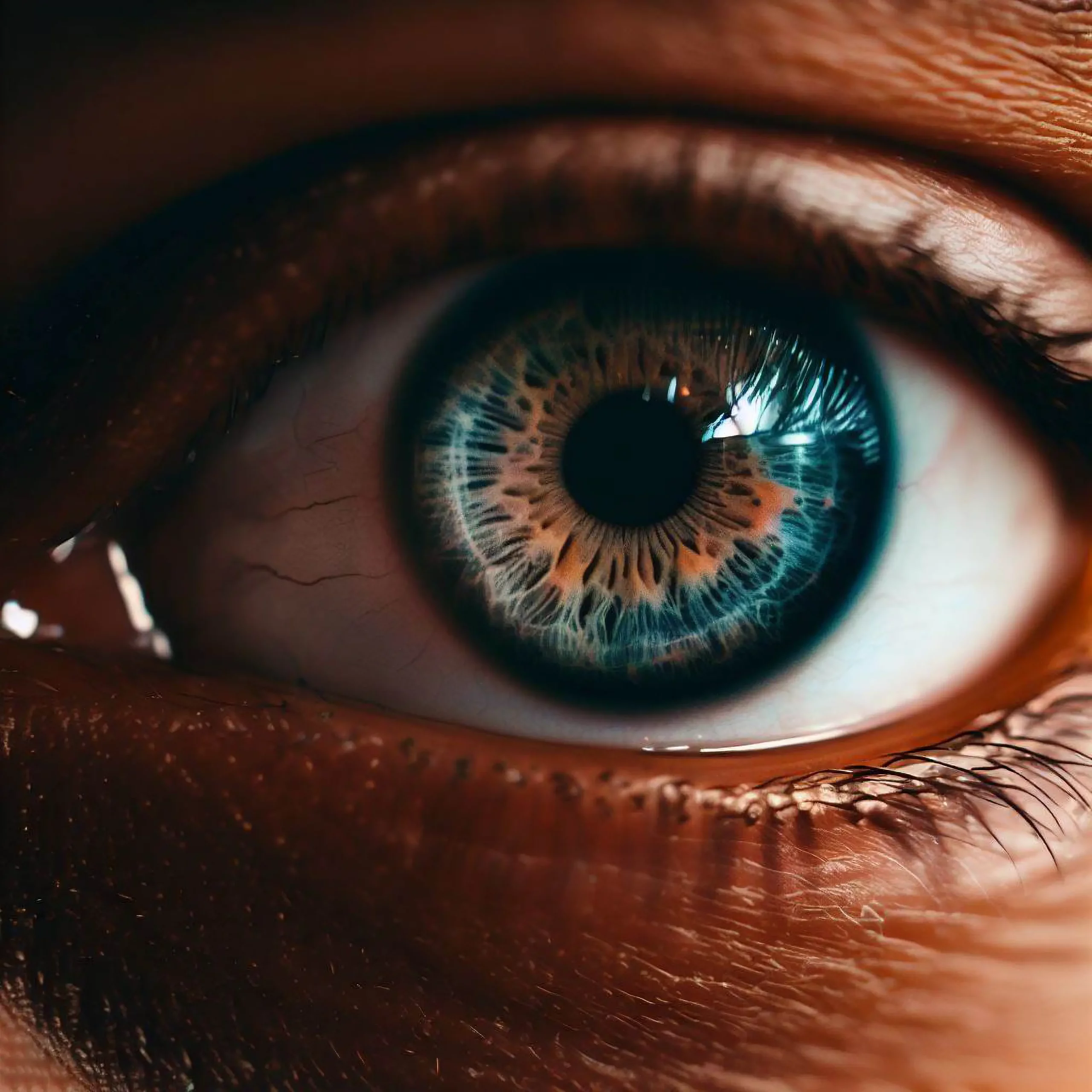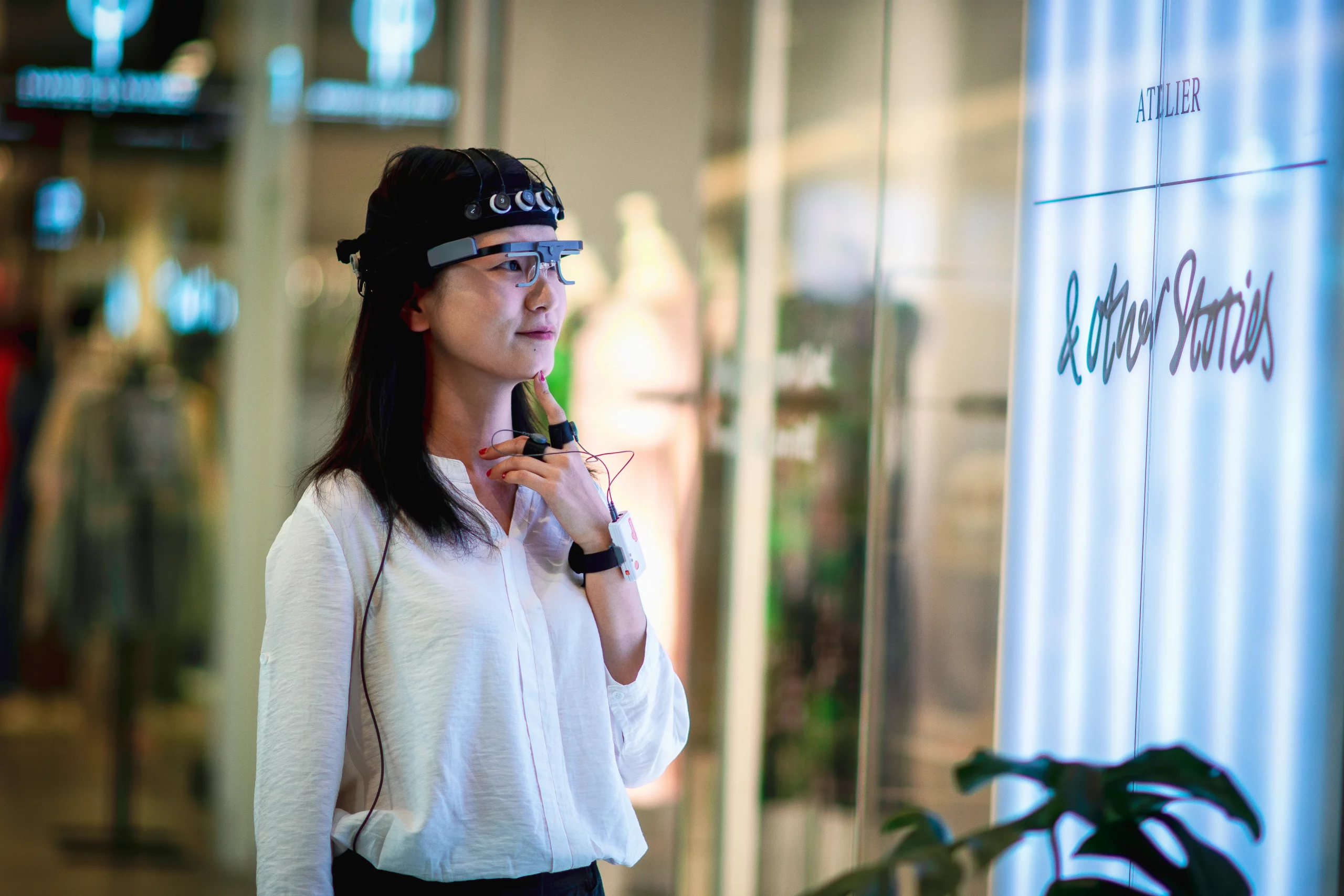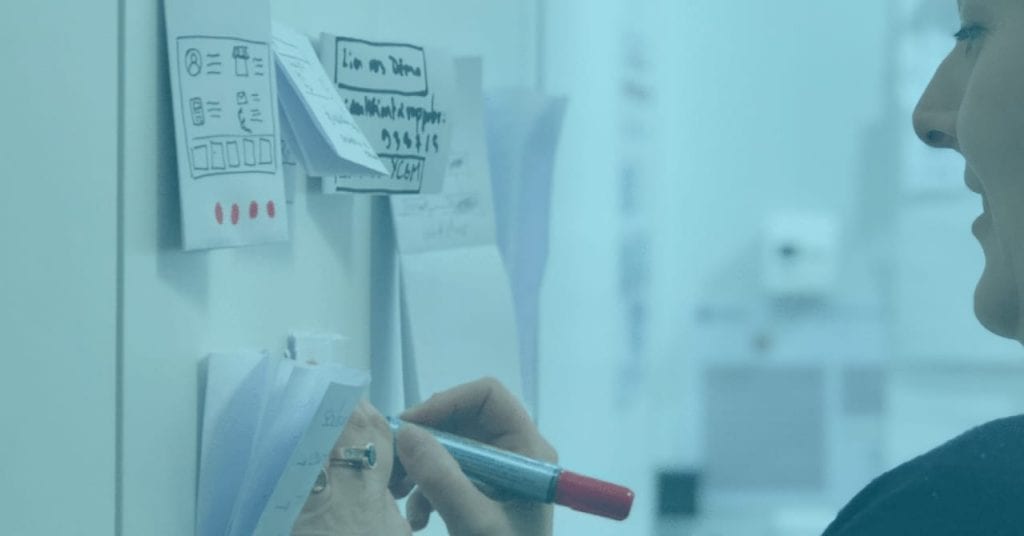-
VR: Training and Performance [Part 2]
![VR: Training and Performance [Part 2]](https://imotions.com/wp-content/uploads/2022/09/pexels-shvets-production-7562019-scaled-2.jpg)
Virtual reality (VR) is changing the world of work and research from the ground up. Offering unprecedented opportunities for improving the performance of individuals, both industry and academia have begun to explore how this technology can shape the landscape of training across a wide range of domains.
-
VR: Training and Performance [Part 1]
![VR: Training and Performance [Part 1]](https://imotions.com/wp-content/uploads/2022/09/pexels-karolina-grabowska-5311481-scaled-2.jpg)
The current generation of Virtual Reality (VR) devices provide the possibility to experience new worlds with unprecedented fidelity.
-
Science in Media: How Biosensors Are Used in Film

Movies, and pop culture in general, are often the first exposure we get to new ideas and technologies, especially in science fiction. Think about it – did you know what a hoverboard was before Back to the Future? Was The Matrix the first time you thought about virtual reality? Did Blade Runner or Jurassic Park…
-
System 1 and System 2: Facts and Fictions

This blog describes the idea that human reasoning and decision-making are supported by two separate systems: A fast, intuitive, emotion-driven “System 1” and a slow, deliberative, rational “System 2”.
-
What is Eye Tracking and How Does it Work?

Eye tracking measures where we look. Near-infrared light is directed toward the center of the eyes, causing detectable reflections in both the pupil and the cornea. These reflections are tracked by an infrared camera. There are two types of eye tracking: screen-based eye tracking and eye tracking glasses.
-
What Is Ambulatory EEG and How Does It Work?

Ambulatory EEG is the method of collecting EEG data over a long period of time (this can be anything from hours to days) in naturalistic settings. This means not only that there will be more data, but also more movement, and (likely) a wide range of interacting factors will impact the data.
-
UX Research – What Is It and Where Is It Going?

Creating great products and services requires an understanding of what works, and what doesn’t for the user. Creating this understanding is however a hard problem to solve. The entire field of UX (user experience) or HCI (human-computer interaction) research exists in essence to solve this problem.
-
Zygomaticus Major – Relating Muscle Movement to Emotion

Of all the muscles in the face, the zygomaticus major is perhaps the most noticeable. Sitting between the corners of our lips and the upper part of our cheeks, it controls the way in which we smile.



![Consumer Neuroscience [Introduction & Examples] Understanding Consumer behavior](https://imotions.com/wp-content/uploads/2023/01/pexels-gustavo-fring-3985062-2-scaled.jpg)